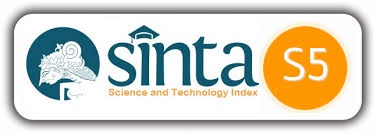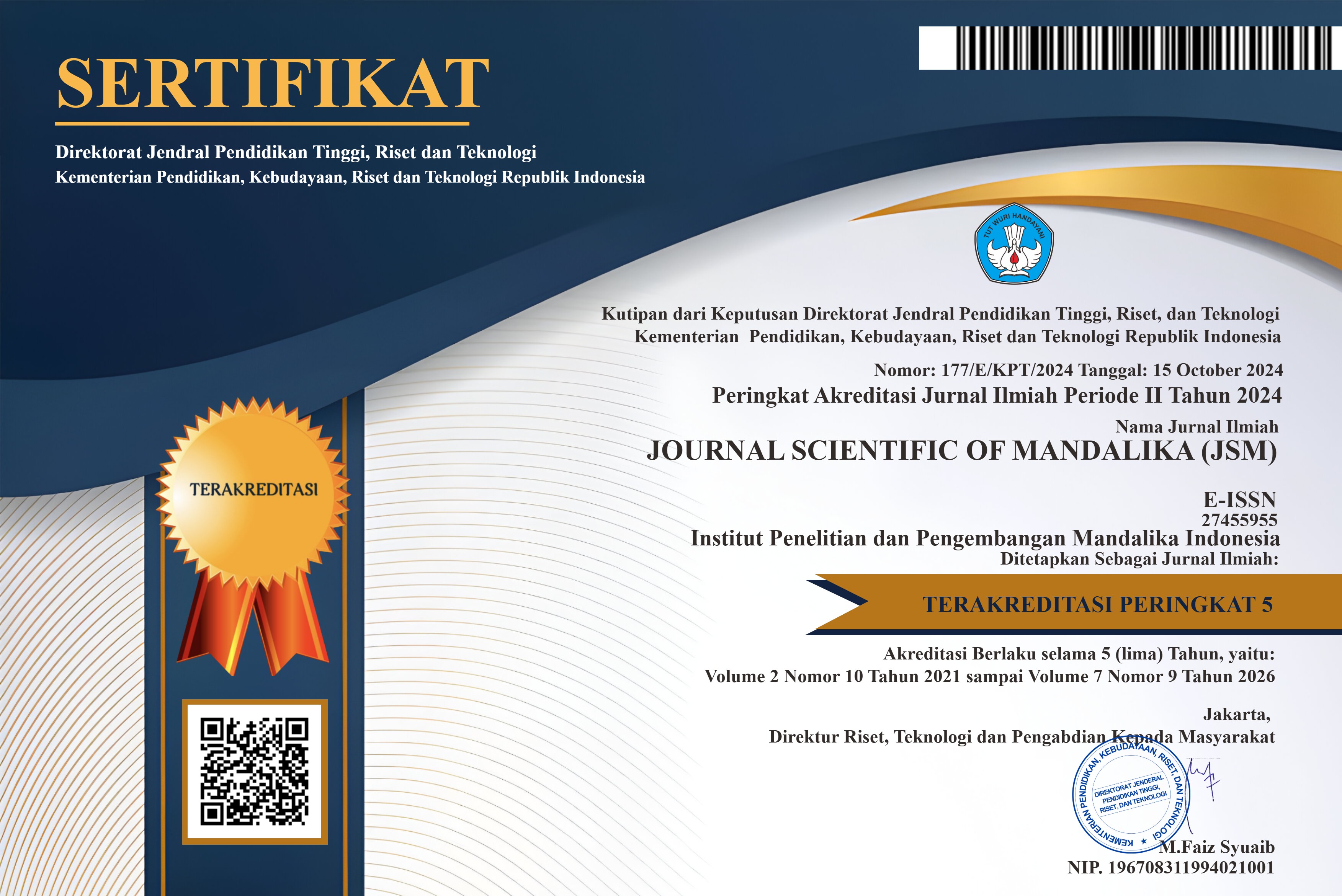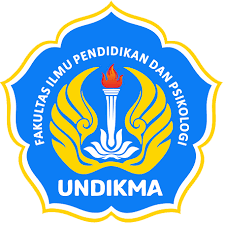Peran Game Edukasi dalam Meningkatkan Literasi Membaca pada Anak Sekolah Dasar
Abstract
The development of digital technology has introduced educational games as an innovative tool to improve children's literacy skills. This study explores the role of educational games in enhancing reading literacy among elementary school students through a qualitative approach using literature studies and library research methods. By analyzing various scientific articles, reports, and previous research, this study identifies the effectiveness of educational games in increasing students’ interest, motivation, and reading comprehension. The results show that educational games provide interactive and engaging learning experiences that help children understand letters, words, and sentences more effectively. Additionally, these games integrate storytelling elements, visual animations, and adaptive challenges that support cognitive development. The findings indicate that the use of educational games positively impacts early literacy skills, especially in recognizing phonemes, expanding vocabulary, and improving reading fluency. However, the effectiveness of educational games depends on factors such as content quality, learning strategies, and teacher or parental involvement. This research contributes to the discussion on integrating educational technology into early literacy programs and emphasizes the need for well-designed digital learning materials. Future studies should further investigate the long-term impact of educational games and their application across different educational settings.
Copyright (c) 2025 Venny Oktaviany, Rasinus Rasinus, Ibnu Agung Handoyo

This work is licensed under a Creative Commons Attribution-ShareAlike 4.0 International License.













